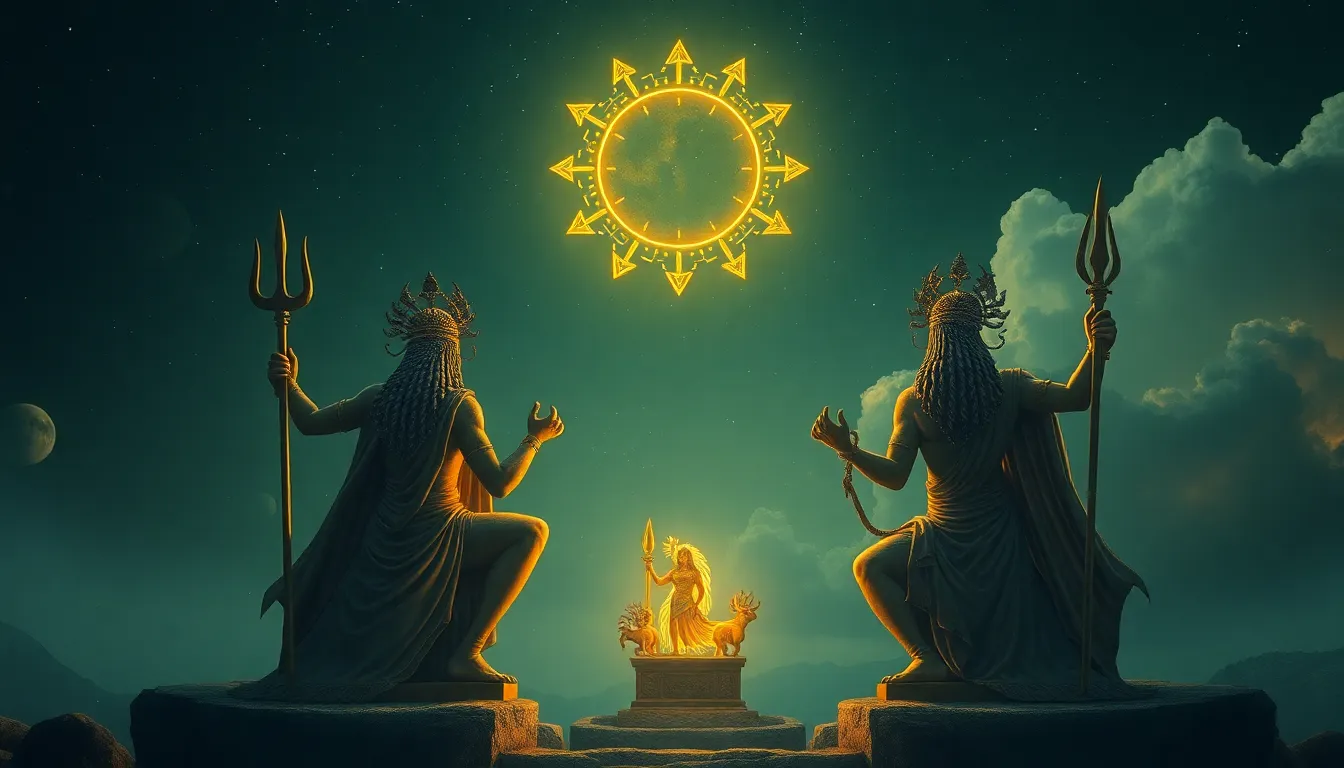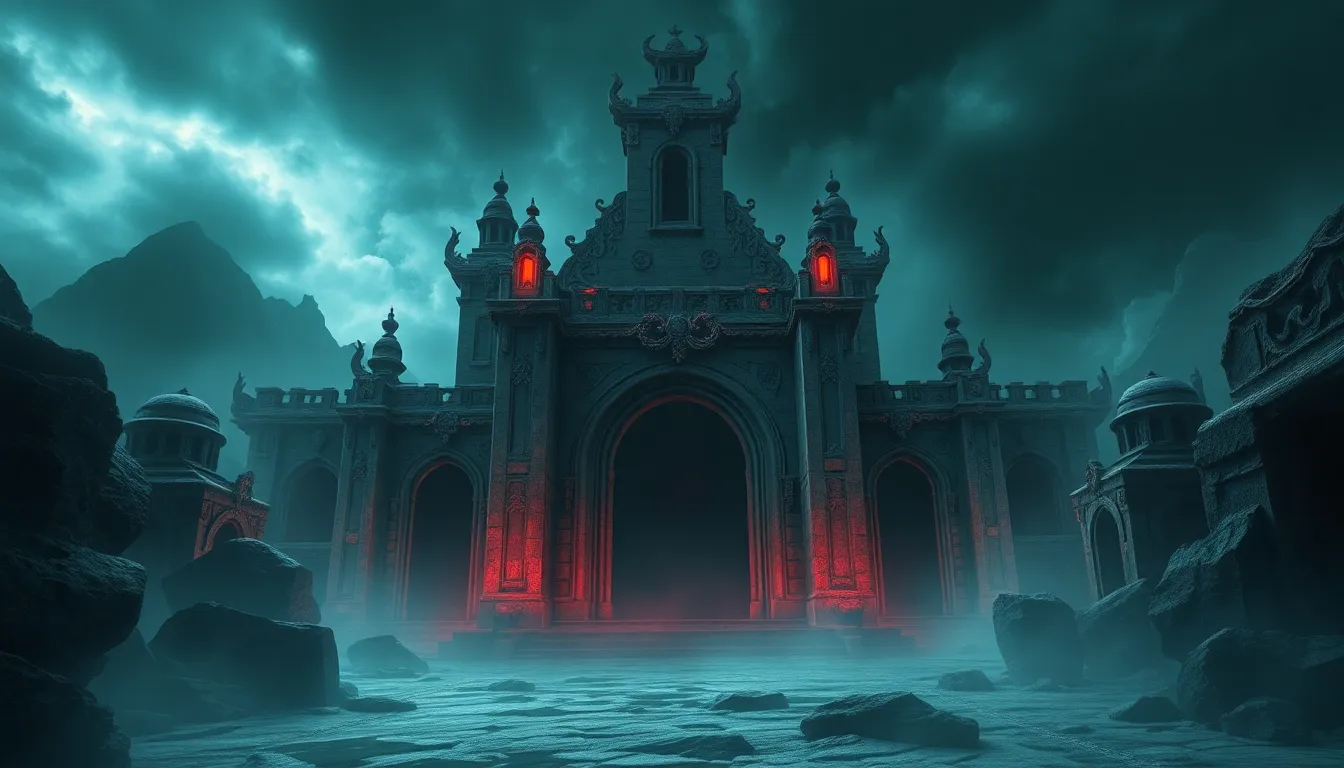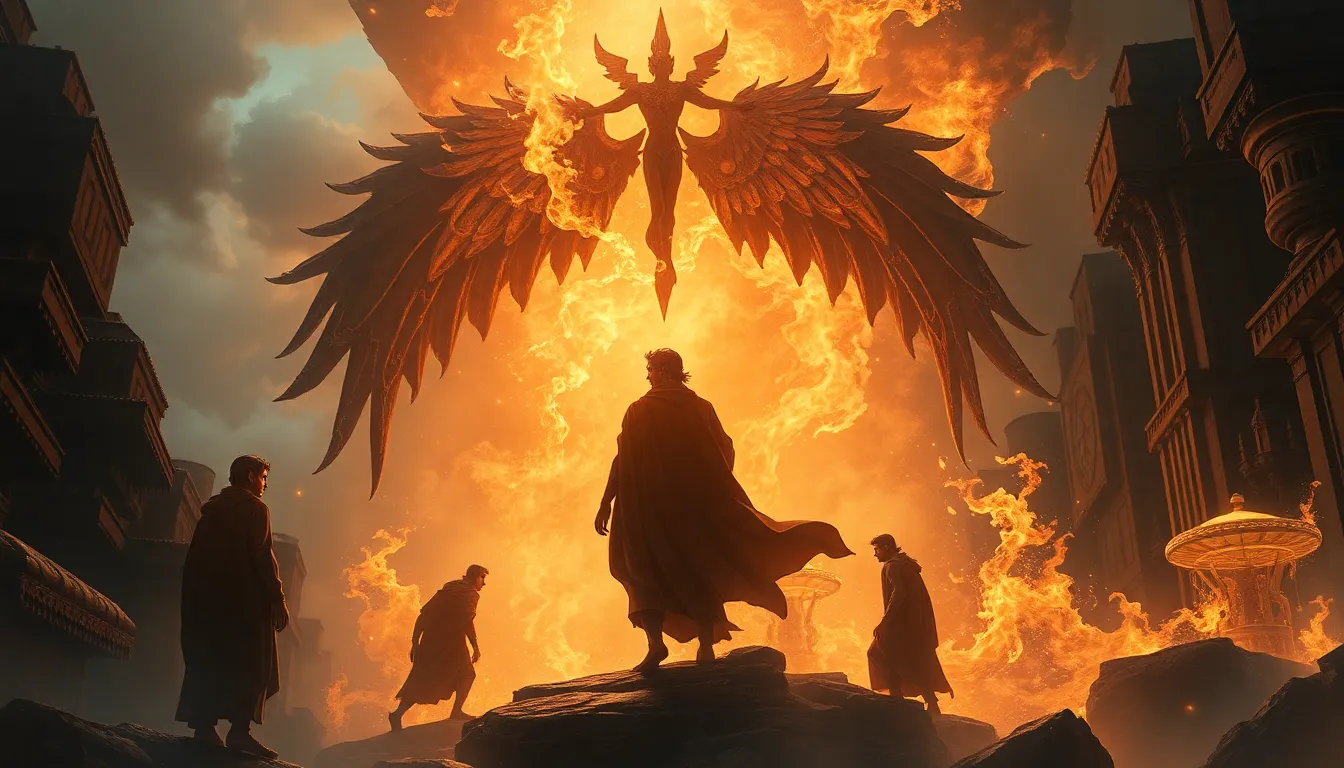The Mountain of the Eternal Journey: Myths of Endless Exploration
I. Introduction
The Mountain of the Eternal Journey is a profound concept that transcends cultures and epochs, representing the perpetual quest for knowledge, self-discovery, and enlightenment. This mythical mountain symbolizes the aspirations of humanity to explore not only the physical realms but also the depths of their own existence.
Across various cultures, mountains have held significant spiritual and symbolic meanings. They are often viewed as the dwelling places of gods, the sites of divine revelations, or as challenges to be overcome on the path to personal growth. This article aims to delve into the myths surrounding the Mountain of the Eternal Journey, exploring how these stories reflect humanity’s relentless pursuit of exploration.
II. Historical Context of Mountains in Mythology
Mountains have played a vital role in the mythologies of ancient civilizations. They are often seen as symbols of stability and permanence, standing as witnesses to the passage of time and human endeavors.
- The role of mountains in ancient civilizations: Many early societies viewed mountains as sacred sites. For example, the ancient Greeks considered Mount Olympus the home of their deities, while the Israelites revered Mount Sinai as the location where Moses received the Ten Commandments.
- Symbolism of mountains as sacred spaces: In many traditions, mountains represent a connection between the earth and the heavens, serving as a bridge for spiritual ascent.
- Key examples:
- Mount Olympus: The abode of the Greek gods, symbolizing divine authority.
- Mount Sinai: A pivotal site in Judeo-Christian traditions, associated with law and covenant.
- Mount Meru: In Hindu and Buddhist cosmology, it is considered the center of all physical and metaphysical universes.
III. The Concept of the Eternal Journey
The notion of the “eternal journey” encapsulates the endless pursuit of knowledge and self-realization found in many myths. It reflects the duality of physical exploration and the internal quest for meaning.
- Understanding the notion of “eternal journey” in mythology: This concept often embodies the idea that the journey itself is as significant, if not more so, than the destination.
- Exploration of themes such as transcendence and enlightenment: Myths often depict characters who undergo trials on their journeys, leading to personal transformation and enlightenment.
- Parallels between physical and spiritual journeys: The ascent of a mountain can symbolize the struggles and triumphs of life’s challenges, where each step taken brings greater insight.
IV. Prominent Myths of the Mountain of the Eternal Journey
Several myths highlight the concept of the Mountain of the Eternal Journey, each weaving a narrative that emphasizes exploration and the search for deeper truths.
- The Legend of the Lost City of Gold (El Dorado): This myth speaks to the human desire for wealth and the lengths one will go to find it, often leading adventurers into perilous terrains.
- The Quest for the Fountain of Youth: This story represents the pursuit of immortality and the eternal search for vitality, often leading to self-discovery.
- The Tibetan Myth of Shambhala: A mystical kingdom believed to be hidden in the Himalayas, symbolizing the ultimate spiritual enlightenment and peace.
V. The Hero’s Journey: Archetypes and Symbolism
The Hero’s Journey, as conceptualized by Joseph Campbell, provides a framework for understanding the archetypal narratives surrounding mountains in mythology.
- Joseph Campbell’s monomyth and its relation to mountains: The Hero’s Journey often includes a call to adventure, facing trials, achieving a victory, and returning transformed.
- Key archetypes:
- The Hero: The figure embarking on the journey.
- The Mentor: A guide who provides wisdom and support.
- The Shadow: Represents the challenges and fears that must be confronted.
- How these archetypes manifest in mountain myths: Mountains often serve as the backdrop for these journeys, embodying the challenges that heroes must overcome.
VI. Cultural Variations in the Myth of Endless Exploration
Different cultures offer unique perspectives on the myths of endless exploration, shaped by their histories and environments.
- Indigenous perspectives on mountains and journeys: Many Indigenous cultures view mountains as sacred entities, with deep connections to their ancestors and spirituality.
- Eastern vs. Western interpretations of the eternal journey: Eastern philosophies often emphasize inner peace and enlightenment, while Western narratives focus on conquest and adventure.
- Modern adaptations in literature and media: The themes of exploration continue to resonate in contemporary storytelling, reflecting both ancient myths and modern experiences.
VII. Psychological Interpretations of the Eternal Journey
The mountain serves as a powerful metaphor for personal growth and self-discovery in psychology.
- The mountain as a metaphor for personal growth: Climbing a mountain can symbolize overcoming life’s obstacles and achieving personal goals.
- The role of challenges and obstacles in self-discovery: Each challenge faced on the journey contributes to a deeper understanding of oneself.
- How myths influence modern psychology and well-being: Myths provide frameworks for understanding human behavior and aspirations, often serving as guides for personal development.
VIII. The Modern-Day Quest for Exploration
The spirit of exploration persists in today’s world, manifesting in various forms and driven by technological advancements.
- The rise of adventure tourism and its mythic elements: Many seek to recreate the epic journeys of myths through adventure travel, often with a desire for personal transformation.
- The impact of technology on exploration: Virtual reality and social media have changed how we experience exploration, offering new ways to engage with distant places and cultures.
- Contemporary figures embodying the spirit of endless exploration: Modern adventurers and explorers continue to push boundaries, inspiring others to seek their paths.
IX. Environmental and Ethical Considerations
As exploration evolves, so do the responsibilities that come with it, particularly regarding environmental and ethical considerations.
- The impact of modern exploration on natural landscapes: Increased tourism and exploration can lead to environmental degradation and loss of biodiversity.
- Balancing adventure with conservation and respect for cultures: Responsible exploration requires an understanding of and respect for local cultures and ecosystems.
- The responsibility of explorers in preserving myths and environments: Explorers must consider the long-term impacts of their journeys, ensuring the preservation of both physical spaces and cultural narratives.
X. Conclusion
The Mountain of the Eternal Journey symbolizes humanity’s unending quest for exploration, understanding, and self-discovery. The myths surrounding this concept reveal profound insights into human nature and our relationship with the world around us. As we continue to explore both physically and spiritually, these narratives remind us of the importance of the journey itself and the wisdom it imparts.
In a world where exploration takes on new forms and challenges, the essence of these myths remains vital, guiding us toward deeper understanding and connection with ourselves and the universe.




